Advertisement
When you hear the term "network analysis," it might sound technical or reserved for people working with computers all day. But the truth is, network analysis isn't just about cables and hardware. It's about understanding how connections work — whether between computers, people, or even ideas. And when you break it down, it’s actually pretty fascinating.
Networks are everywhere, whether it’s the internet, social groups, transportation systems, or supply chains. They all have one thing in common: relationships between different points. What network analysis does is help us study those relationships in a way that makes sense and reveals patterns we might otherwise miss. Ready to know more? Let’s get into it.
At its simplest, network analysis is the examination of how things are related. The "things" — whether they're people, computers, cities, or even proteins — are referred to as nodes. The lines connecting them are referred to as edges. After you arrange all the nodes and edges in a visual space, you end up with a map that lets you visualize how everything interacts.
Suppose you have a group of friends. Some are closer, some only speak occasionally, and some are the glue that holds everyone together. If you mapped it all out with lines between each pair who speak to one another frequently, you would have a basic social network. Network analysis takes that type of map and begins asking questions. Who is the most influential person in this group? Who closes the greatest number of gaps? Where can communication fail?
This method of looking at systems isn't new, either. Scientists have been studying different kinds of networks for decades — from how diseases spread to how businesses can become more efficient. With more and more data available today, network analysis has turned into a powerful way to understand everything from marketing campaigns to global trade routes.
While the basic idea stays the same, there are actually different ways to approach network analysis, depending on what you're trying to figure out. Let's break down the main ones:

Social network analysis is all about people and the relationships between them. Think Facebook friends, LinkedIn connections, or even coworkers inside a company. By studying who talks to whom or who influences decisions, businesses can find out how to build stronger teams or target the right audience.
Researchers often use terms like "centrality" here — which is just a fancy way of asking, "Who is at the center of everything?" They might also look for clusters or groups of people who are tightly connected to each other but not as connected to the rest of the network.
Communication network analysis focuses on how information moves from one point to another. This could be inside a corporation, across media outlets, or even between satellites.
One question communication network analysis often tries to answer is: Where are the bottlenecks? If information has to pass through just a few key points to get anywhere, then the whole system might be at risk if one of those points fails.
In biology, network analysis can map out how proteins interact in a cell or how ecosystems are connected. Understanding these natural networks can lead to breakthroughs in medicine, agriculture, and environmental protection.
For example, scientists might study which genes interact with each other the most, which can help in understanding diseases like cancer.
Transportation networks — like airlines, shipping routes, or city road systems — are another big area where network analysis is used. Planners and engineers can figure out how to optimize traffic flow, make shipping routes more efficient, or plan better public transportation systems by studying these networks.
Every missed connection or traffic jam tells a story about the network’s weak points. Network analysis helps reveal these stories in ways that spreadsheets and raw numbers alone cannot.

At first glance, network analysis might sound like a niche skill for researchers. But it touches more of daily life than you realize.
Take marketing, for example. Companies no longer just advertise broadly; they want to find the key influencers within a group and target them. If one person is especially good at spreading the word, they can have more impact than a billboard seen by thousands.
Or think about public health. In the case of a virus outbreak, it's not enough to know how many people are sick. Authorities need to know who those people interacted with and who they are likely to infect next. This helps create more effective quarantines and stops the spread faster.
You don’t have to be a tech expert or a scientist to start seeing the world through the lens of networks. In fact, you’re probably doing it already without realizing it.
Whenever you think about who to invite to a group project to get the best results, or when you wonder why a rumor spread so quickly through your office, you’re thinking in networks. You’re mentally mapping out relationships, figuring out who connects to whom, and spotting patterns.
Network analysis might sound complex at first, but when you break it down, it’s just about understanding connections. Whether you’re studying how a virus spreads, figuring out which coworker is the go-to person for office news, or planning the best route through a city, network analysis offers a fresh way to look at the world. Learning to think in networks can open your eyes to patterns you never noticed before. It's a way of making sense of complexity by focusing on relationships, not just individual parts. And once you start seeing those connections, it’s hard to stop.
Advertisement
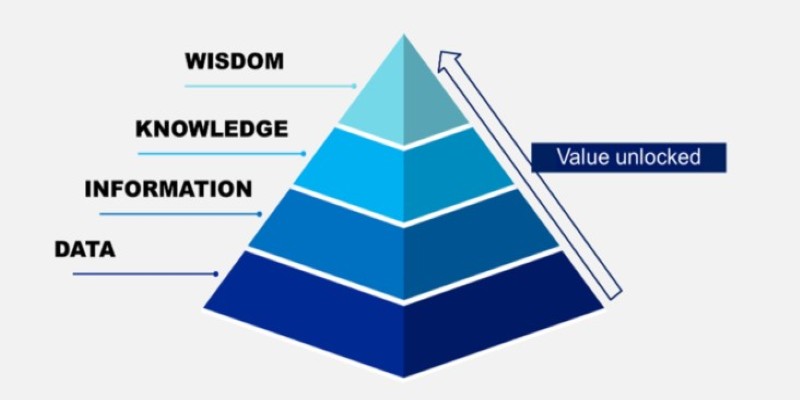
Ever wondered how facts turn into smart decisions? Learn how the DIKW Pyramid shows the journey from raw data to wisdom that shapes real choices
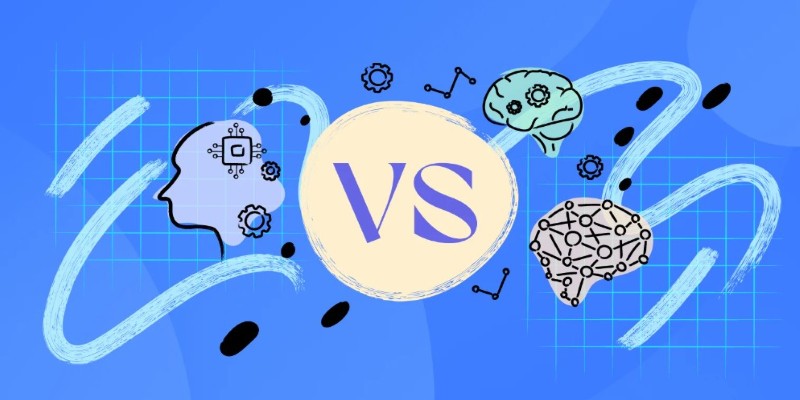
Confused about machine learning and neural networks? Learn the real difference in simple words — and discover when to use each one for your projects
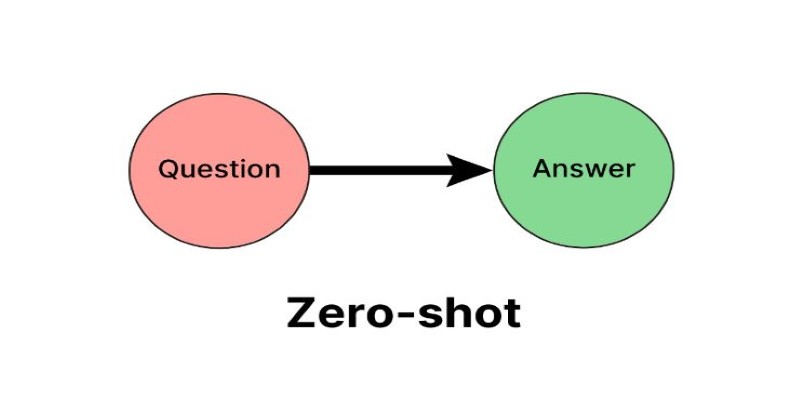
Learn what Zero Shot Prompting is, how it works, where it shines, and how you can get the best results with simple instructions for AI

Looking for a better way to code, research, and write in Jupyter? Find out how JupyterAI turns notebooks into powerful, intuitive workspaces you’ll actually enjoy using
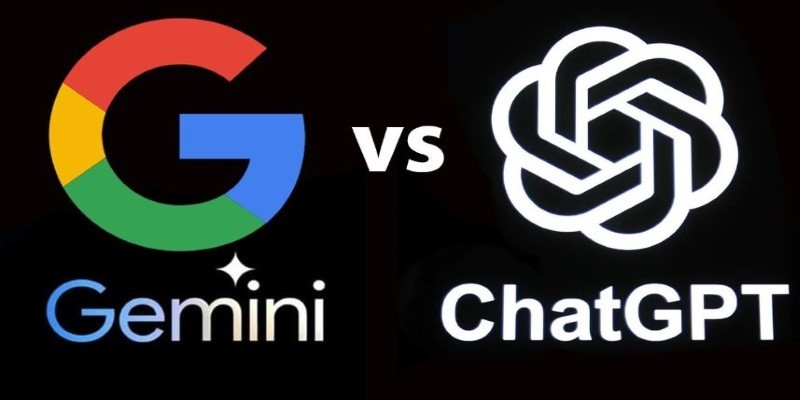
Wondering who wins in coding—ChatGPT or Gemini? This 2025 guide compares both AI chatbots to help you choose the better coding assistant
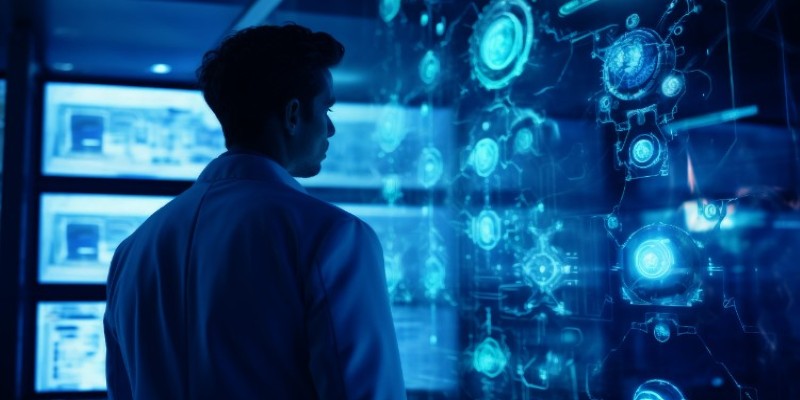
Ever wonder how data models spot patterns? Learn how similarity and dissimilarity measures help compare objects, group data, and drive smarter decisions
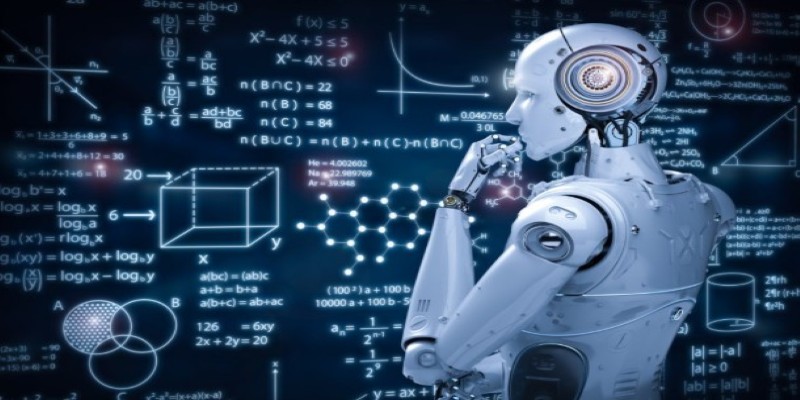
Think data science is just coding? See how math shapes predictions, decisions, and the models that power everything from apps to research labs

Looking for a laptop that works smarter, not harder? See how Copilot+ PCs combine AI and powerful hardware to make daily tasks faster, easier, and less stressful
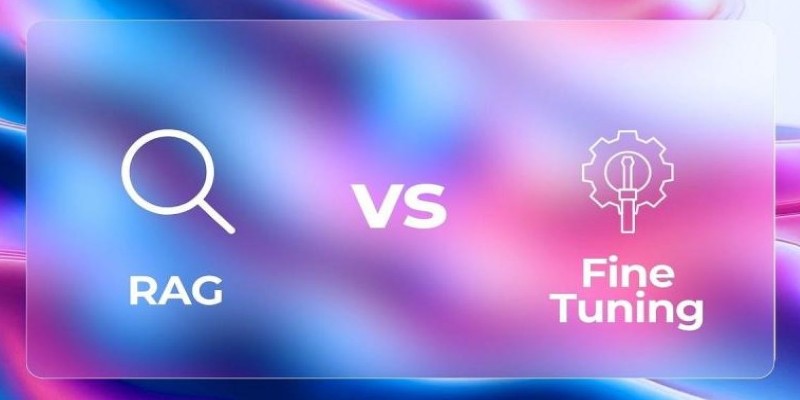
Working with rankings or ratings? Learn how ordinal data captures meaningful order without needing exact measurements, and why it matters in real decisions

Apple unveiled major AI features at WWDC 24, from smarter Siri and Apple Intelligence to Genmoji and ChatGPT integration. Here's every AI update coming to your Apple devices

Looking for smarter AI that understands both text and images together? Discover how Meta’s Chameleon model could reshape the future of multimodal technology
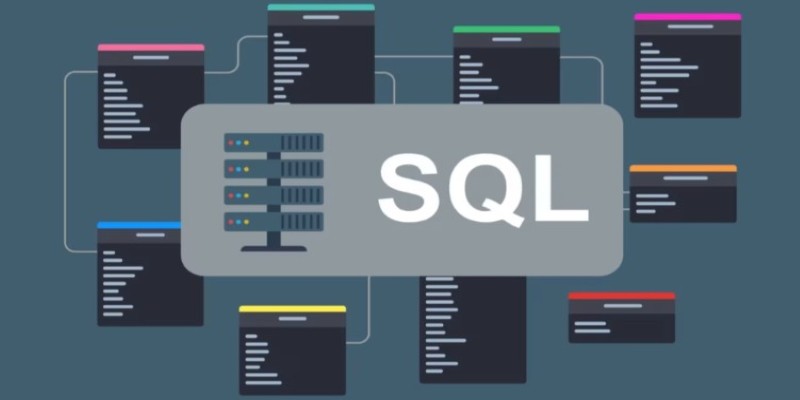
Think of DDL commands as the blueprint behind every smart database. Learn how to use CREATE, ALTER, DROP, and more to design, adjust, and manage your SQL world with confidence and ease